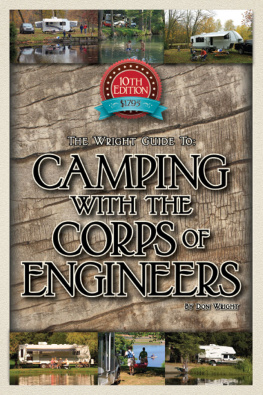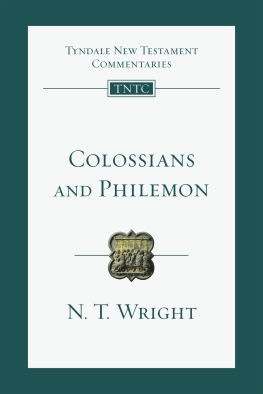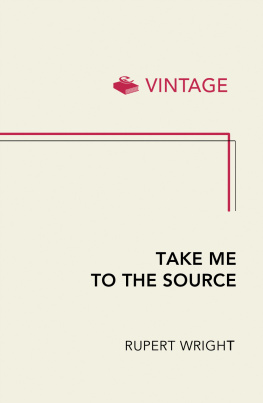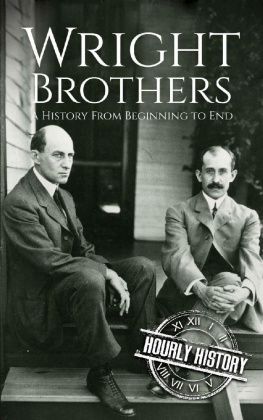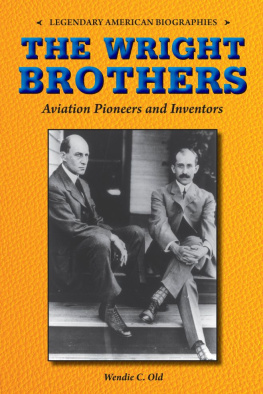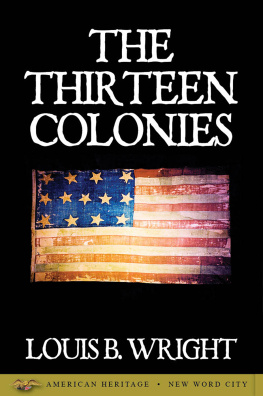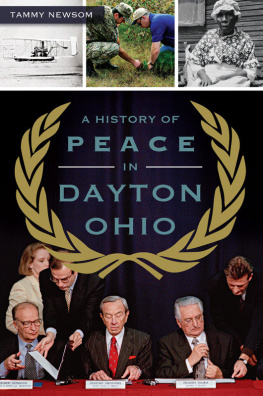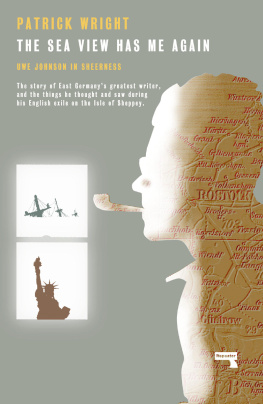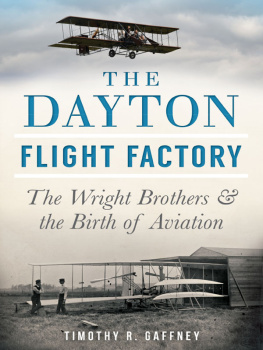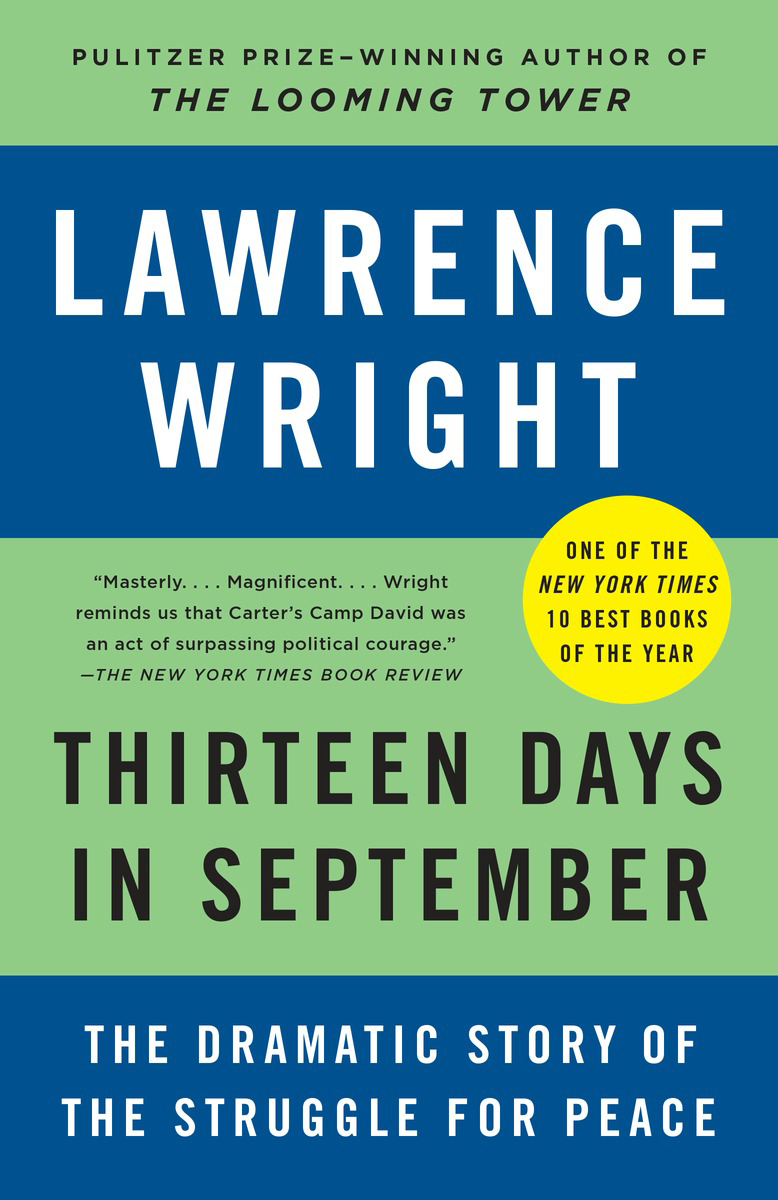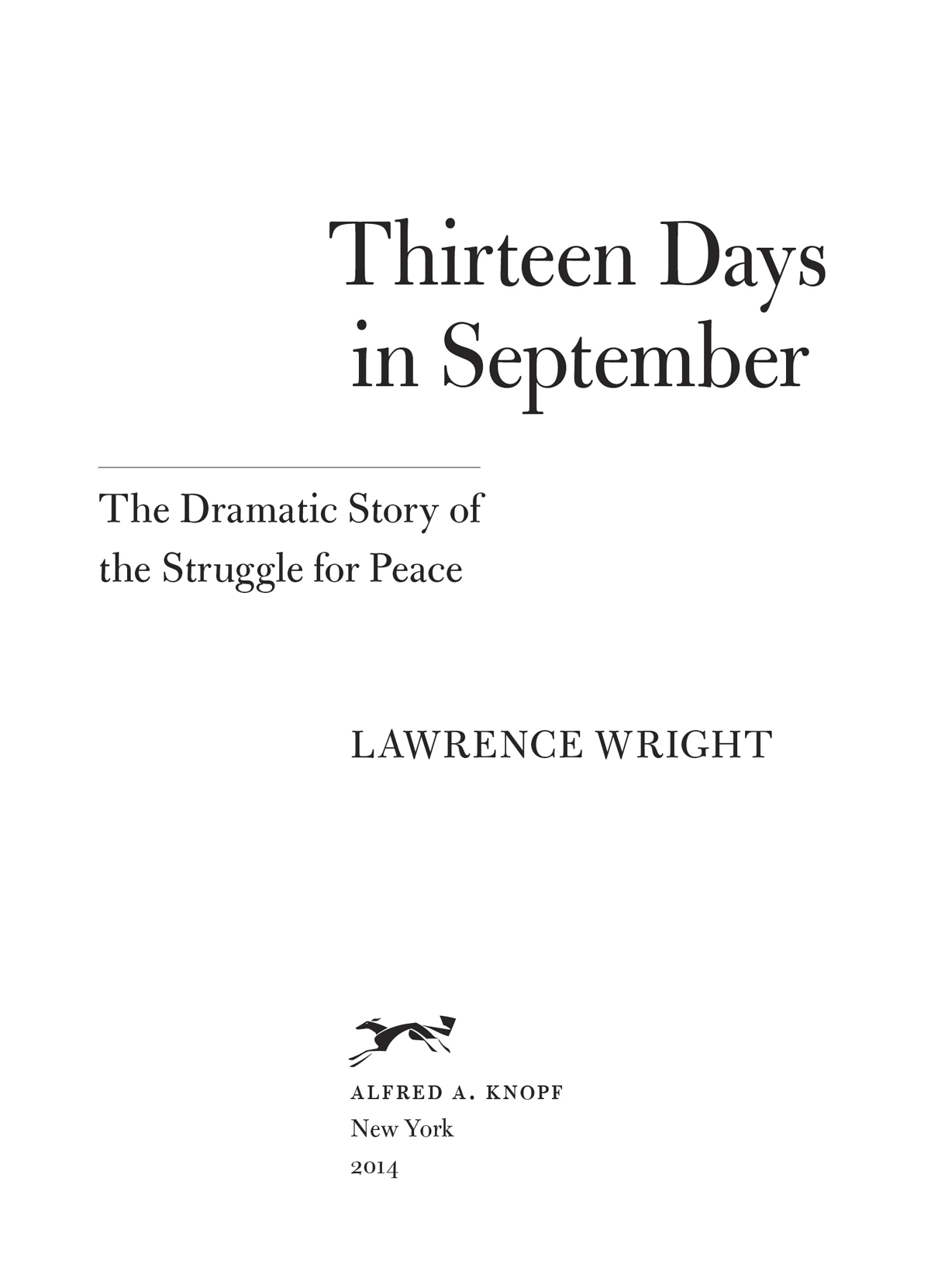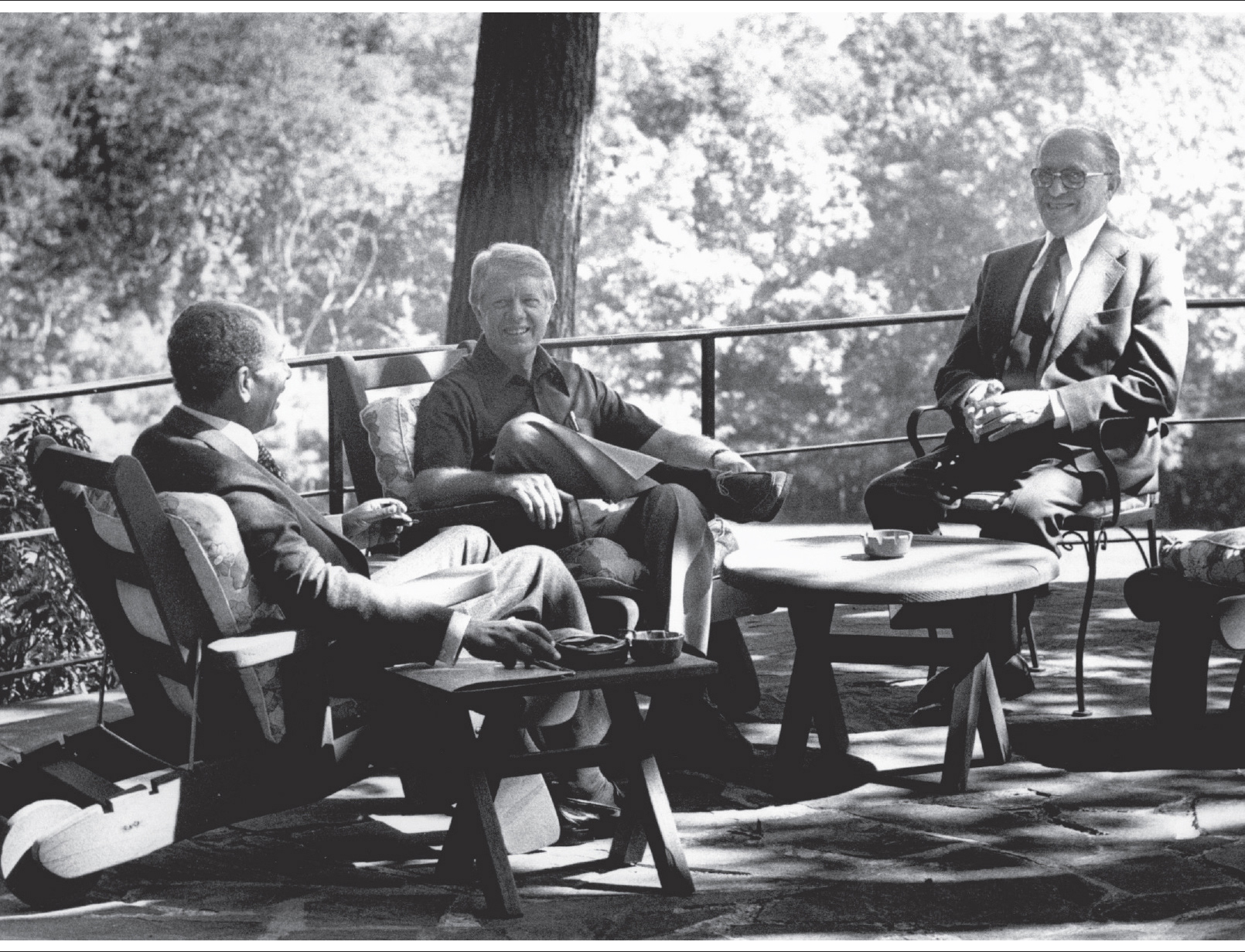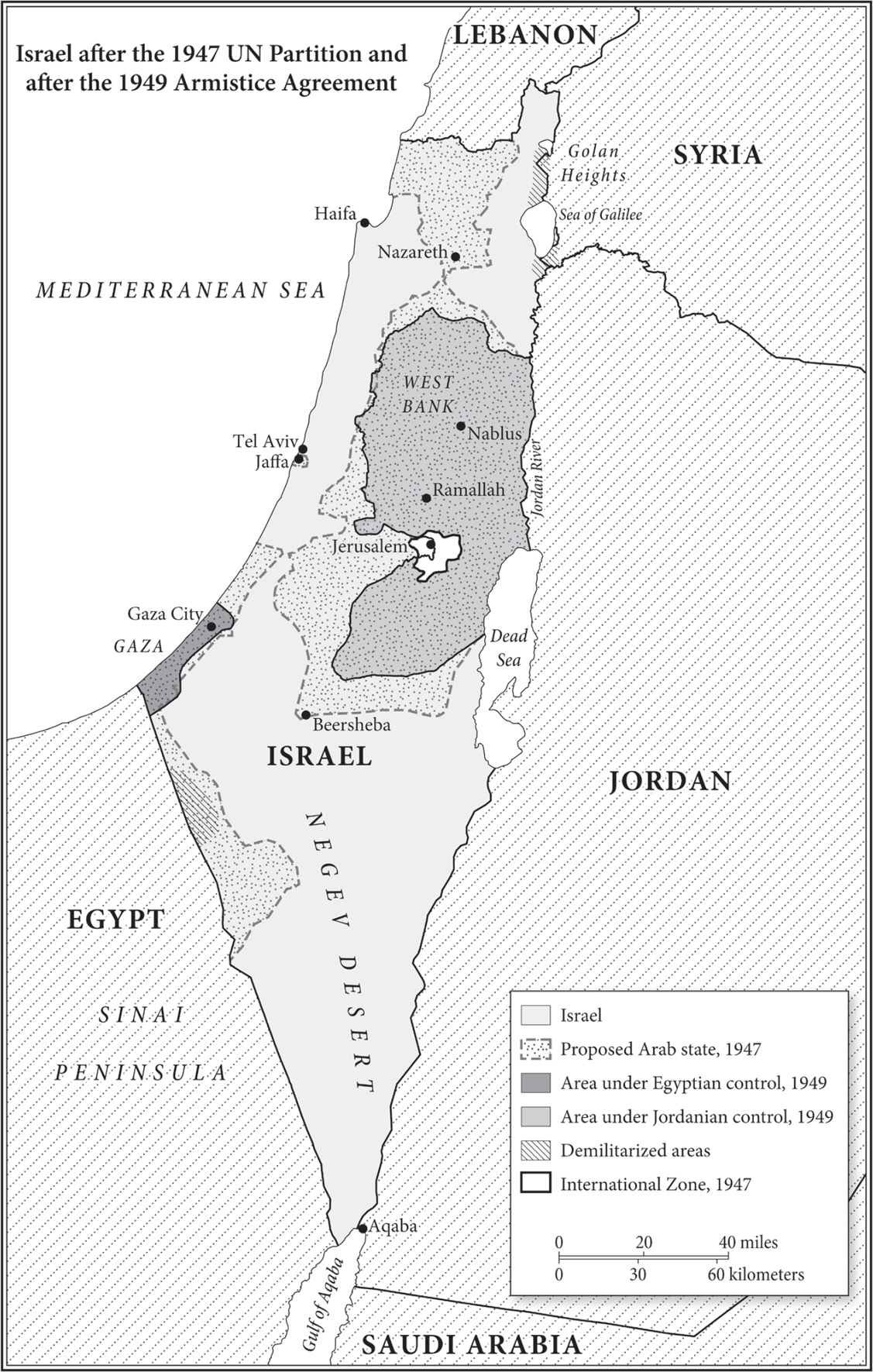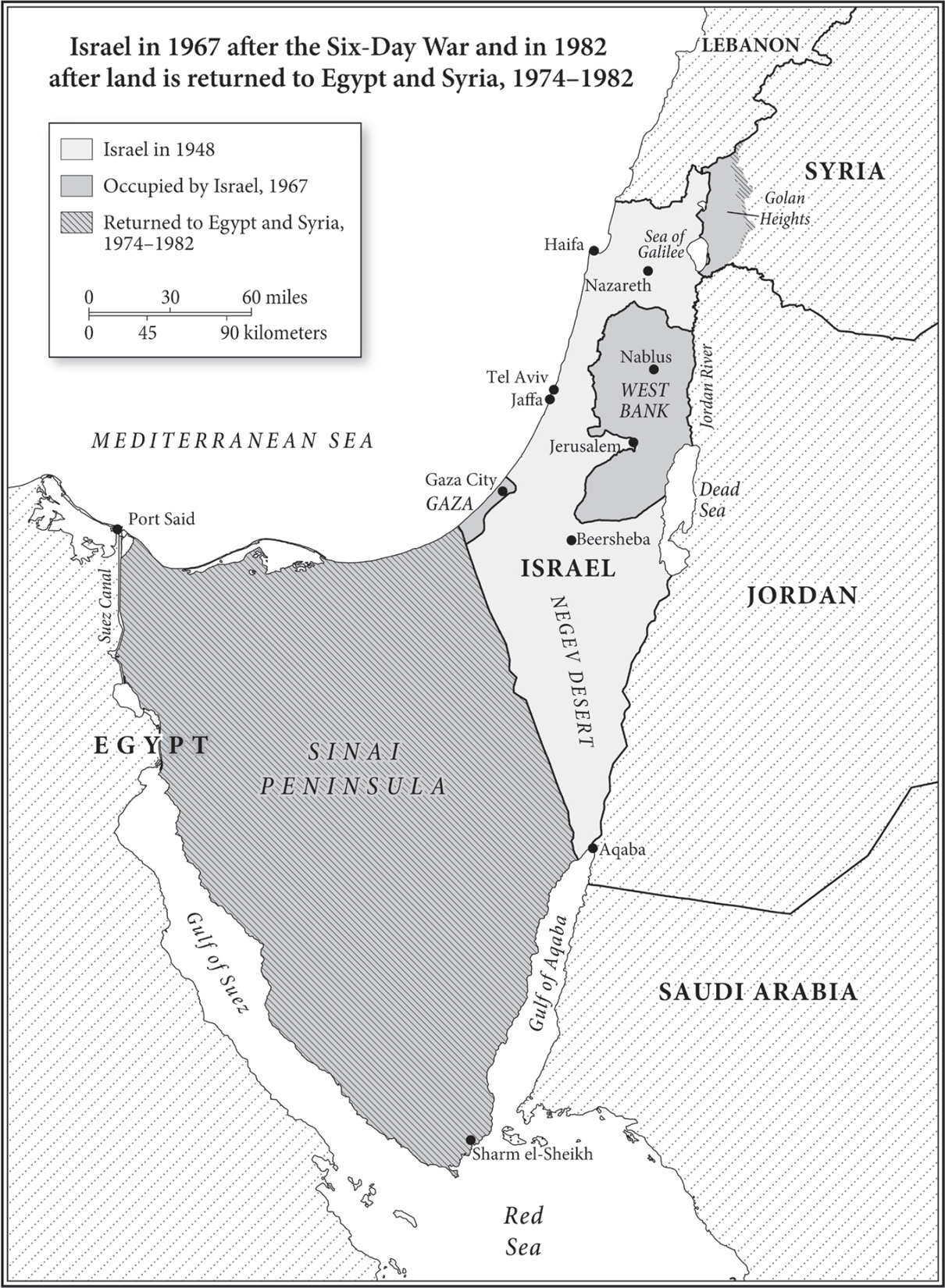All rights reserved. Published in the United States by Alfred A. Knopf, a division of Random House LLC, New York, and in Canada by Random House of Canada Limited, Toronto, Penguin Random House Companies.
www.aaknopf.com
Knopf, Borzoi Books, and the colophon are registered trademarks of Random House LLC.
Maps on pages by Mapping Specialists.
Anwar Sadat, Jimmy Carter, and Menachem Begin on the porch of the Aspen Lodge
For Ann Close
Contents
Authors Note
Three men, representing three religions, met for thirteen days at the presidential retreat of Camp David in the autumn of 1978 in order to solve a dispute that religion itself had largely caused. Beliefs built on ancient texts and legends conspired to create one of the most obdurate conflicts of modern times, one that has drowned the Middle East in a timeless blood feud, brought the superpowers of the time to the brink of nuclear war, flooded the region with refugees, and spawned terrorist movements that have created mayhem and heartbreak all over the world. This book is an account of how these three flawed men, strengthened but also encumbered by their faiths, managed to forge a partial and incomplete peace, an achievement that nonetheless stands as one of the great diplomatic triumphs of the twentieth century and one that has yet to be repeated.
When the leaders of Egypt and Israel met at Camp David, their two countries had engaged in four wars in the previous thirty yearsfive, if one counts the so-called War of Attrition, which occupied the two countries between 1969 and 1970. The conflict began as part of a larger struggle for Israels existence, but it evolved into a tug-of-war over territorymainly, the Sinai Peninsulaand the right of the Palestinians to return to their former homeland. Although clashes continue between Israel and its other neighbors, the Camp David agreement removed the only Arab adversary that posed a genuine military threat to the future of Israel. And yet the peace envisioned between Israel and the Palestinians was never fully implemented, which is why the turmoil in the region continues.
The reader will observe that there are three chronologies at work in this book. The thirteen days of the Camp David summit form the architecture of this account. Beneath that is a history of the modern Middle East as seen through the eyes of the remarkable men who were present at the negotiation and in many respects made that history. At bottom are the tectonic plates of the three religions as revealed in the stories of the Torah, the Bible, and the Quran. The struggle for peace at Camp David is a testament to the enduring force of religion in modern life, as seen in its ability to mold history and in the difficulty of shedding the mythologies that continue to lure societies into conflict.
War seldom achieves what was expected or hoped for by its participants; even victory often breeds a future defeat. The Middle East from distant times till now is a cautionary story of the failure of war to impose a lasting and just peace. There is never a perfect time or ideal people to bring an end to bloody conflicts, and unlike the talent for war, the ability to make peace has always been rare. The goal of this book is to provide some insight into how that arduous process is accomplished, even by violent men who are prejudiced by their backgrounds, hampered by domestic politics, and blinded by their beliefs. Camp David tells us of the compromises that peace demands, and of the courage and sacrifice required of leaders whose greatest challenge is to overcome their own limitations.
Prologue
LATE ONE NIGHT in a rustic lodge on the edge of Jackson Lake, in the Grand Teton National Park, Jimmy Carter took a break from his vacation to open a thick briefing book compiled for him by the Central Intelligence Agency. He had spent one last glorious day, August 29, 1978, fly-fishing on the Snake River, horseback riding through the park, and picking huckleberries with his daughter, Amy, which went into an after-dinner pie. It was a brief escape from the tumult of Washington and his weakened and unpopular presidency. The briefing book contained psychological profiles of two leaders, Anwar Sadat, the president of Egypt, and Menachem Begin, the prime minister of Israel, who would be coming to America in a few days with the unlikely goal of making peace in the Middle East. The ways in which Carter would relate to these leadersand they to each otherwould determine the success or failure of this historic gamble.
The man reading the book had entered the presidency with little experience in foreign policy. He had grown up in the rural South and served a single term as the governor of Georgia. He had never met an Arab until he sat next to one at a stock car race in Daytona. The only Jew he had known as a child was Louis Braunstein, an insurance salesman in Chattanooga, who married Carters aunt. Uncle Louie loved professional wrestling and could chin himself with one arma feat that had thrilled the young Carter. There were a few Jewish merchants in Americus, Georgia, near Carters hometown of Plains, and Carter always thought of them as exalted people, in part because of his Bible studies, which informed him that God had chosen them above all others. It wasnt until he became governor and moved to Atlanta that Carter became familiar with the genteel but ingrained anti-Semitism of the urban South that kept Jews out of country clubs and off government boards.
In 1973, while he was governor, Carter and his wife, Rosalynn, made a pilgrimage to the Holy Land. Prime Minister Golda Meir lent them an old Mercedes station wagon with a driver, and they rode through the tiny countryless than one-eighth the size of the state of Georgia. Rosalynn wept at the commercialization of the holy sites, but Jimmy told her it was just like that when Jesus overturned the tables of the money changers in the temple. They crossed into the occupied West Bank, where they got special permission to wash themselves in the River Jordan, where Jesus was baptized. The river was not much bigger than a creek in south Georgia, but it echoed in Carters imagination. He had studied the Bible since he was a child, and the geography of ancient Palestine was more familiar to him than that of most of the United States. He could mentally trace the journey of Abraham from the Mesopotamian city of Ur to Canaans sere and rocky landscape two thousand years before Christ was born. To walk the same streets where Jesus walked, to stand in the hallowed shrines, and to wade into the Jordan filled Carter with awe and a dawning sense of purpose.




